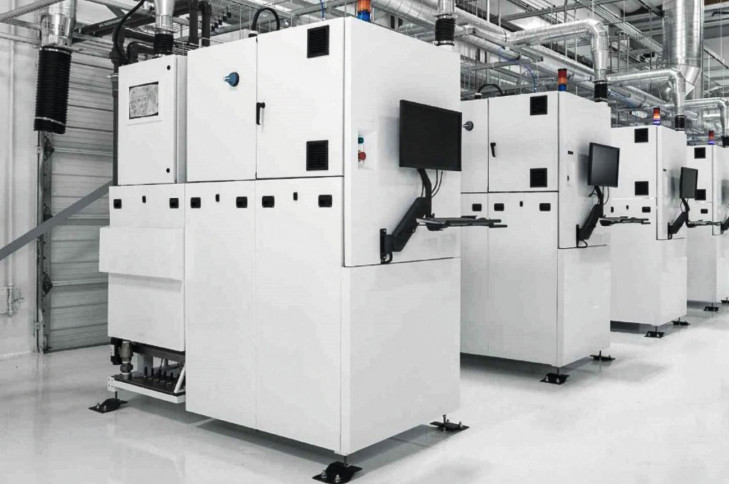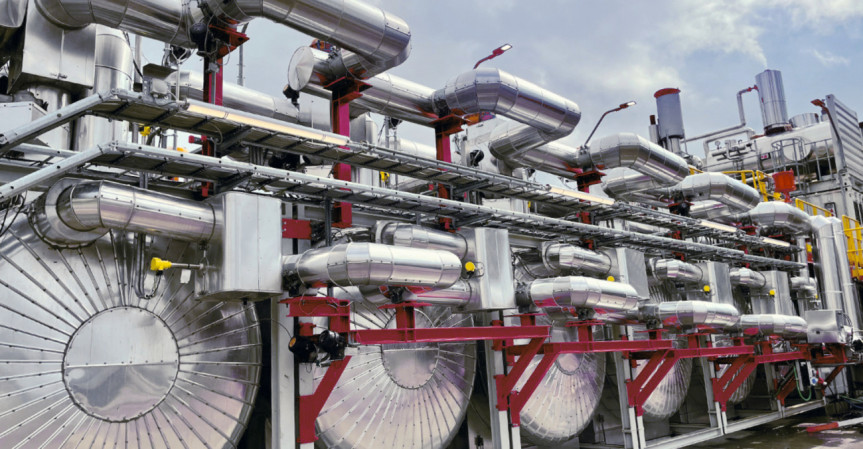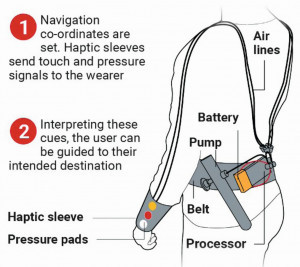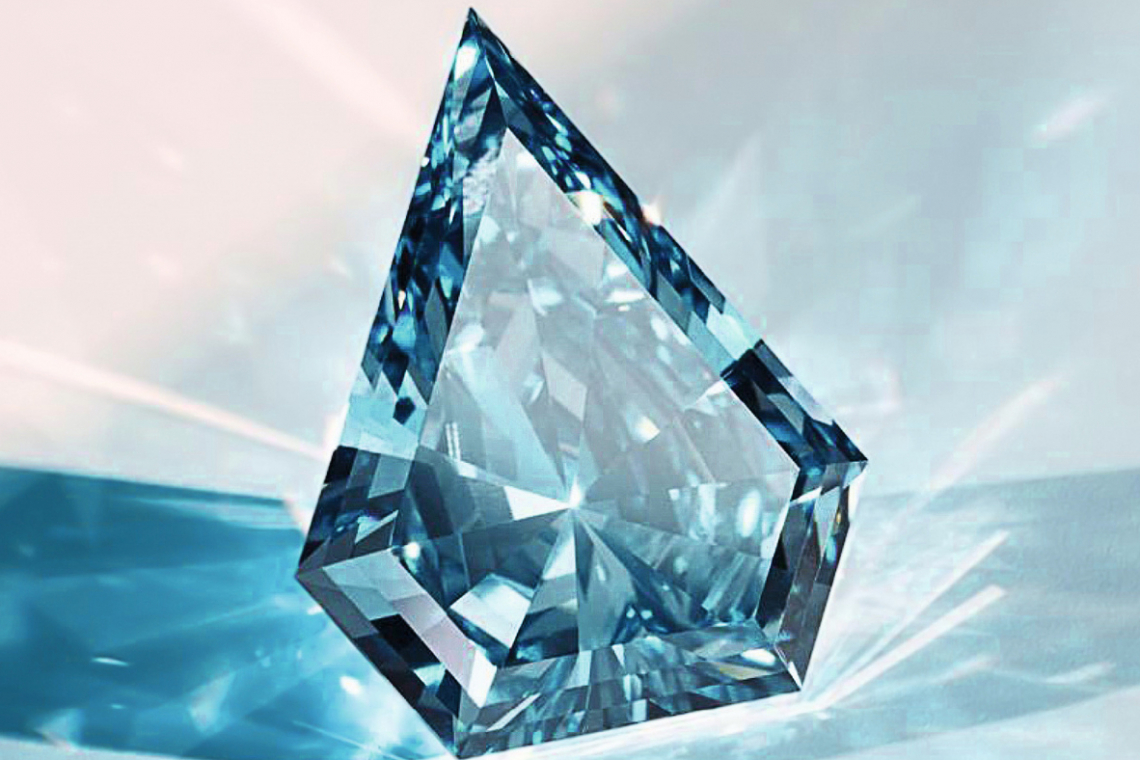Going green - but who's going to pay for it?
Almost everyone agrees (except perhaps President Trump) that we need to stop burning fossil fuels to minimize global warming. Everyone agrees that the cost will be enormous - many trillions of euros. But who will pay for it? Some believe that the oil-producing countries - many of which are very wealthy - should pay for it. Others argue that the costs should be borne by the countries that import and burn fossil fuels. After all, they are the ones emitting theCO2. Saudi Arabia, for example, is very wealthy. But over 90% of its national income comes from the export of oil and related products, and such countries must now begin to transform their economies to create entirely new sources of income. In doing so, they are competing with Europe, the USA and many countries in the Far East. In other words, these oil-exporting countries will have to create entirely new industries such as car manufacturing, electronics or perhaps chemical and pharmaceutical products to replace the income lost from oil. And this in a climate where temperatures will often exceed 40 °C - and which is getting hotter every year. I don't think many of us Europeans would want to live in such a climate. As I write this, the temperature in Khartoum (and it is almost October) is 42 or 43 °C every day.
It is clear that advanced economies like Germany or France are expected to pay for the transition to a fossil fuel-free society themselves. But what about Africa, India and Asia? African countries meeting in Nairobi in early September issued the "Nairobi Declaration", calling for a global carbon tax on shipping and aviation and demanding that richer countries pay the poorer countries. Africa, they declared, needs 300 billion US dollars a year to tackle climate change. However, corruption is so widespread in many African countries that it is feared that such taxes could largely end up in the pockets of African dictators. Carbon taxes have been discussed here in Europe. China is the largestCO2 emitter in the world. Should we here in Europe levy a tax on Chinese exports to compensate for this? I think we can confidently predict that carbon taxes will be a hotly debated topic over the next 12 months. You have to realize that Africa is the country with the lowestCO2 emissions in the world. It has very little industry. Fig. 2: CVD plant where the blue diamonds are produced
Fig. 2: CVD plant where the blue diamonds are produced
Artificial gemstones from the CVD plant
Paris - or so Parisians believe - is the world center of culture and especially of haute couture, which includes jewelry. At its heart is Place Vendome, where the most exclusive stores are located, and none is more exclusive than the jeweler Fred, owned by fashion giant LVMH. A few weeks ago, Fred launched a new range of diamond jewelry - necklaces, earrings, bracelets - some of which were grown in a laboratory, to the astonishment of the media. The entire jewelry series, called "Fred Audacious Blue", costs almost 700,000 euros. Figure 1 shows a 0.5 carat gemstone from the suite, and Figure 2 shows the CVD facility where these diamonds are produced. The gemstones are so perfect that only an expert with laboratory facilities can distinguish them from natural diamonds.
It is almost 70 years since the first man-made diamonds were produced (1954) by the US General Electric Company, and at the time no one dreamed that the same process would be used to produce gemstones. Rather, it was thought that it could be a technology for producing diamond abrasives for industry. The fact that one of the world's leading jewelers has now opted for this technology is a turning point - and has potentially serious implications for South Africa, the world's leading producer of geological diamonds. A naturally occurring blue diamond sells for around 4.4 million dollars per carat. Its lab-grown equivalent costs only a fraction of this amount. Because blue diamonds are so rare, they fetch a very high price. In contrast, a CVD-grown diamond costs the same to produce, regardless of whether it is white or colored. We are witnessing a revolution - and South Africa will be the loser. Fig. 3: The latest and largest "HeatCube" from the Norwegian Kyoto Group
Fig. 3: The latest and largest "HeatCube" from the Norwegian Kyoto Group
HeatCube: A revolution in industrial heat generation?
Given that many "green" energy sources are intermittent - when the sun is not shining or the wind is not blowing - energy storage is more important than ever. Energy can be stored in many forms. It seems a few years ago that we heard of mechanical energy storage, such as flywheels operating in a vacuum or heavy weights being slowly lowered down a disused mine shaft. Have these technologies been abandoned for good? There are now many large lithium batteries around the world, some with a capacity of around 100 MWh. In the last two years, lithium prices have fallen from around 80,000 U.S. dollars/tonne to their current value of around 23,000 U.S. dollars. This has invalidated the assumption that sodium batteries, although less efficient than lithium, could replace it in stationary systems. Hydrogen, which is produced by electrolysis, is another form of energy storage that is slowly gaining in importance.
Energy stored as heat seems to be a success story. In Norway, the Kyoto Group(www.kyotogroup.no) has now put its latest and largest "HeatCube" into operation (Fig. 3). The heat is stored using molten salt technology. Corresponding patents will be published soon. The heat cube installed at Norbis Park in Denmark has a storage capacity of 18 MWh and a discharge capacity of 4 MW. It serves as a heat storage system that takes electricity from the grid, stores thermal energy in molten salt and releases heat to the district heating system, making solar and wind energy viable alternatives to fossil fuels for district heating.
Heat accounts for two thirds of industrial energy consumption, although some of this is so-called "low-value heat", which is only around 90 to 140 °C. Other applications require higher temperatures. Other applications require higher temperatures. The so-called HeatCube from the Norwegian Kyoto Group is designed to provide and store industrially usable heat more cheaply than is possible with fossil fuels. There is talk of an energy density of 233 kWh/m2. But there are some important facts that we don't know about the HeatCube. For example, we don't know which molten salt it uses and at what temperature the heat is stored. We also don't know the rate of heat loss. Can the HeatCube store heat for a week, for example, without significant losses? But the technology appears to be financially attractive, whether for storing cheap night-time electricity or for using wind or solar power. Molten salts are quite aggressive, and we will find out how the manufacturers get to grips with the associated corrosion problems. I don't know why the company is named after Kyoto, Japan, though. As far as I know, they have no connection to this city.
No more need for a map?
Scientists at Rice University in Texas have developed a new technology that could replace conventional maps. They have developed a silent and unobtrusive device that is light enough to be worn and can guide people to their destination without them having to look at a map or listen to audible cues like a satellite navigation system. In one of the prototypes, fabric sleeves with inflatable pressure pads have been built into a shirt so that they conform to the underside of the wearer's wrists and forearms (Fig. 4).
These are connected to a device that is worn on a belt around the waist and contains a small canister of compressed air. This air is used to inflate key points on the sleeve to exert 'pneumatic pressure', described by the researchers as 'tapping', prompting the wearer to move left or right, forwards or backwards. The system was tested by instructing study participants to find a scooter in a city and then ride the scooter to another destination. Approximately five meters before reaching each intersection, participants were guided by tapping, with a backward tap indicating that they had arrived. The device was also used to guide participants in an open field to use their walkway to sketch the outlines of large shapes similar to those in the video game Tetris. The researchers found that users were able to successfully discriminate between the different touches to turn in the correct direction, noting that "participants identified the cues with an average accuracy of 87%." The developers state that the device will cost about $300 to produce. "We envision this device being used by people who need or want information delivered to them privately and in a way that can be seamlessly integrated into clothing or other wearables," said Marcia O'Malley, head of the Department of Mechanical Engineering at Rice University. Fig. 4: This new device guides the wearer to their destination
Fig. 4: This new device guides the wearer to their destination
Daniel Preston, professor of mechanical engineering, said a hands-on test yielded perfect results, noting, "We were impressed that the user was able to navigate the streets of Houston and then track 50-meter-long Tetris tiles in an open field with 100% accuracy by receiving and interpreting haptic navigation cues. Further development will aim to improve the ability to convey even more complex cues that can be easily and naturally perceived by the user." The study also found that the shirt was still fully functional after 25 washes and that holes in the inflatable pressure pads could be easily repaired with iron-on patches. Maybe this is something for the military or James Bond?
Progress with quantum computers
Experts agree that quantum computers, which are no longer bound to a "1" or a "0" but can instead use "qubits" where multiple states can exist simultaneously, will have a huge impact on almost all aspects of society. Cambridge-based chip manufacturer Riverlane(www.riverlane.com) has announced that it has developed a new chip that will accelerate the development of quantum computers. The new 'quantum decoder' chip will enable developers to cope with the very high error rates associated with this technology. The new chip can correct errors on the scale of terabytes in seconds. Other companies are developing similar chips, but the Riverlane chip is said to be the fastest in the world. The company's website explains in simple terms why error correction is crucial for the development of quantum computers.


